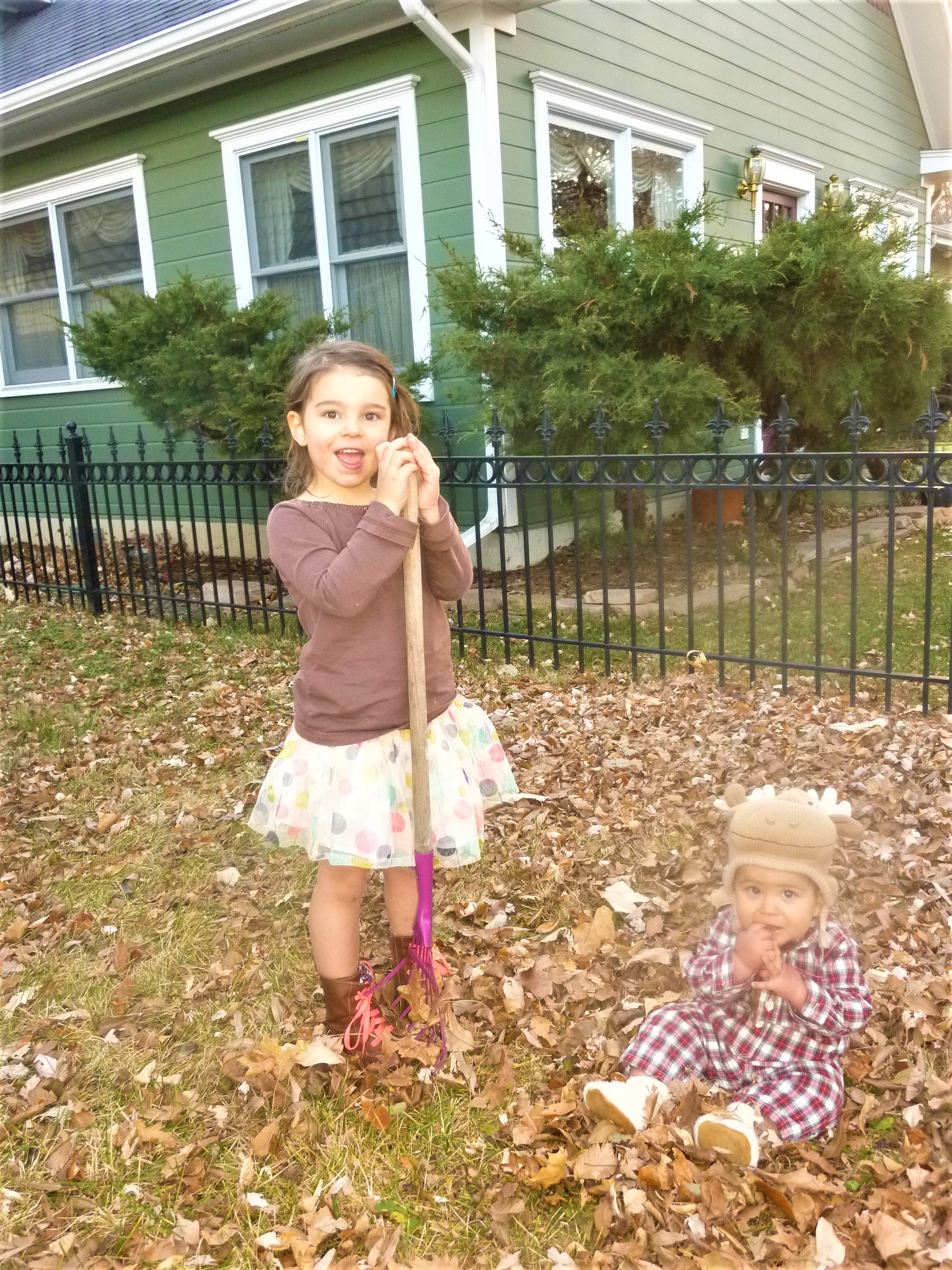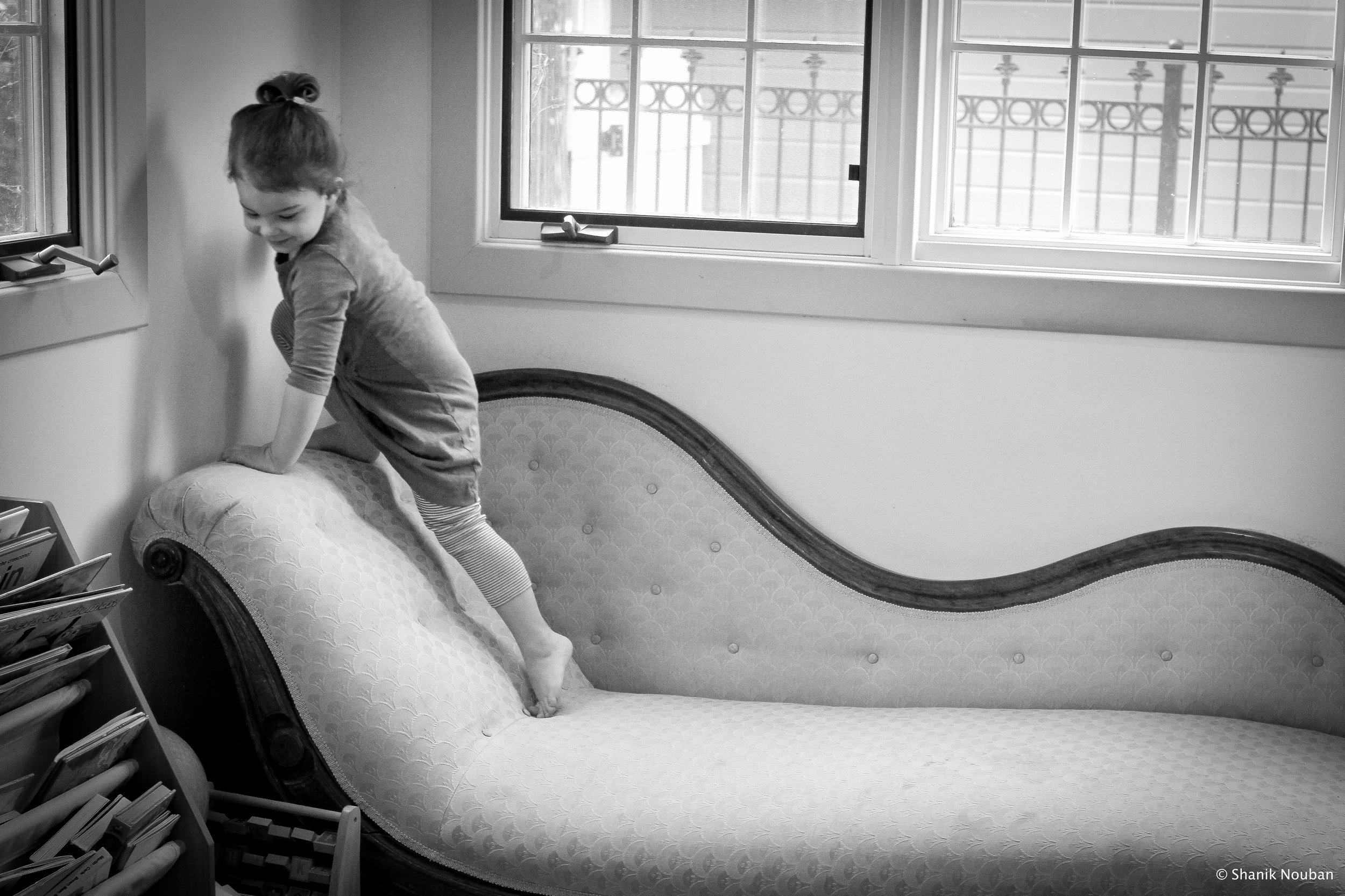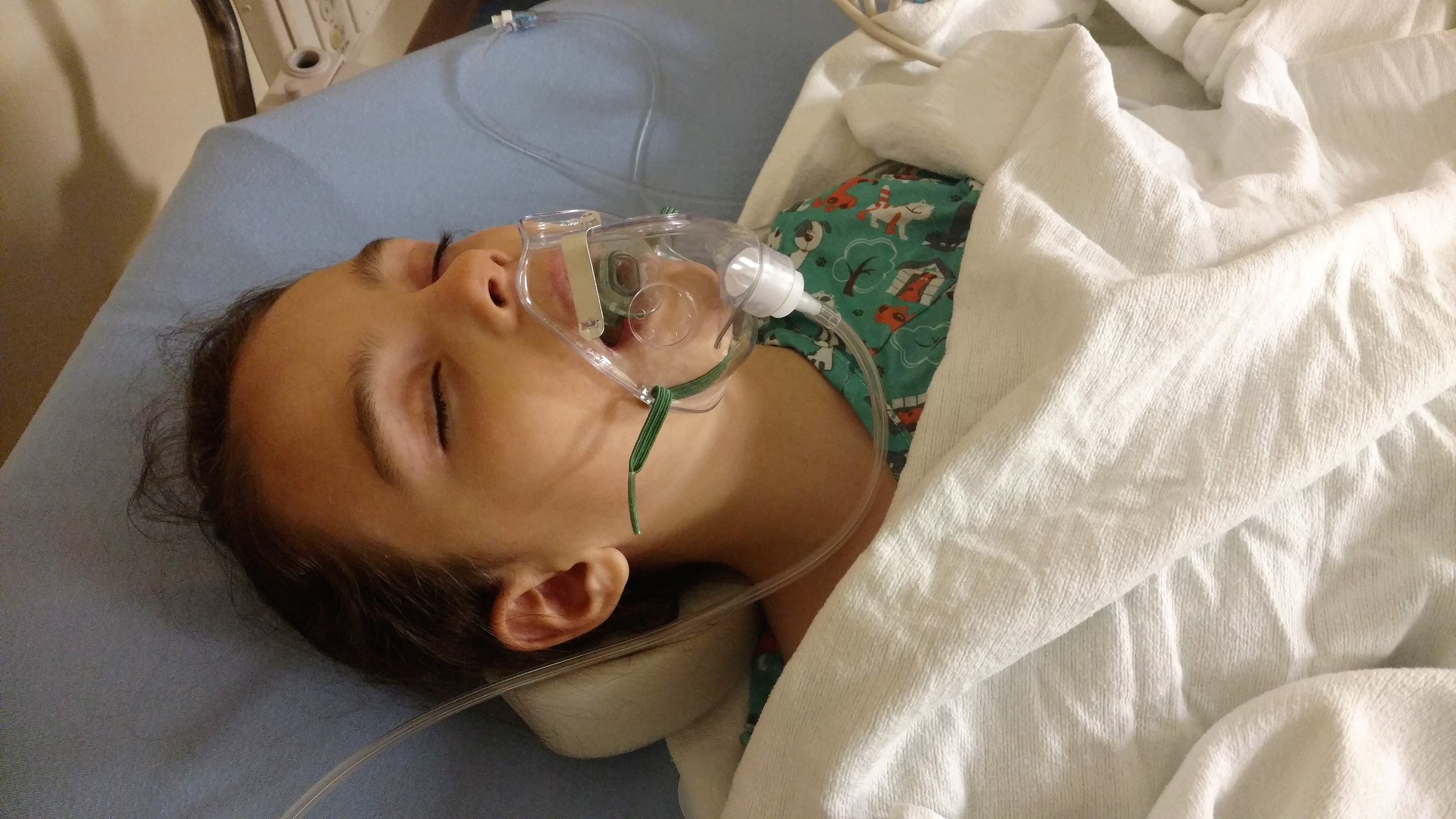Mila was diagnosed with Batten Disease just before Christmas. Holiday festivities were not on my mind, but at some point I gathered the strength to look for a few gifts for the kids. When I walked through the door of our local toy shop, I stopped and looked out across the sea of colorful dolls, stuffed animals, train sets, bouncy balls, kites, backpacks, and shelf after shelf of books. My lips pursed, shaking, and my eyes burned. I wanted to turn around and leave right away. I tried to take a few deep breaths to stop the tears from streaming down my cheeks. But it didn’t help. I left my sunglasses on and walked over to the woman behind the counter. “Do you have any recommendations for toys for children who have a hard time seeing… actually, who can’t see?” I asked. I avoided using the word blind. I still do. She paused and thought. Then asked for what age? How do I respond to that? Mila is six, but she couldn’t play with a toy for an average 6 year old. The woman showed me a small stuffed animal that made noises when you squeezed it, an iPad look-a-like with big colorful buttons that made loud noises mimicking the images above them, a spiky teething toy to grab onto. She gravitated toward the baby section with toys to shake and rattle. I chose a few and a remote-control car for Azlan and checked out. Just before walking out the door, I stopped and turned around. Kids were running around the store, shaking boxes and leaning over books. This same store that I had brought Mila to since she was a baby seemed like a different place to me. I felt like an outsider. Like this was a world that our family didn’t belong in anymore.
That day I decided I would reinvent the way Mila “saw” the world. Losing her vision was only one of her many battles, but it was one that seemed to deeply impact what she could and couldn’t do. It was heartbreaking that Mila couldn’t see what was around her, but I also knew that she could experience the world through her other senses which were working well. I closed my eyes and started to learn what brings happiness when vision is gone. The sounds around me were louder; I analyzed them more. And I craved movement and touch. So I started there.
A kind stranger who read our story in the local paper offered Mila weekly piano lessons. The timing couldn’t have been better. Every Wednesday, we knock on the apartment door and Mila shakes in excitement as soon as she hears Sarah’s voice. She knows what’s to come. We start by sitting on the floor while Sarah plays Chopin and Beethoven. Mila smiles and her eyes light up at the stimulating and soothing sounds of the classical music. Then we help Mila to the piano and she rubs her hands over the keys, slowly pushing one finger down at a time and listening to the sounds she makes. “Big” Sarah says in a high voice as she places Mila’s hand on the white keys. “Small” she says in a deep voice as she moves her fingers to the black keys. Then she places her long fingers over Mila’s small hands and plays “A, B, C, D, E, F, G…” I watch as Mila learns to rely on other senses to take in the world around her. The goal is not to learn to play the piano, simply to learn that you can make music using your hands and take in the beauty of music through your ears.
At home, I cleared out our playroom and filled it with large squishy blocks, beanbags and oblong therapy balls. We hung a small platform swing just a few inches above the ground for Mila to climb onto. An old Pack 'n Play is filled with plastic balls. Some days we pretend the floor is lava and we fly away on our swing to a magical land. Other days the blocks are castles. “Quick, we have to escape from the dragon!” I say as I encourage Mila to reach out to feel the foam steps in front of her. She lifts her knee up onto the block and pulls her body up while Azlan dives headfirst into the beanbag. The kids hide under the colorful balls in the pit and Azlan buries stuffed animals for Mila to find with her hands. We climb and roll and swing and feel the world around us.
But how could I simulate movement when Mila’s walking was so slow and calculated? Just as I was thinking of ideas, a kind woman offered Mila the gift of hippo therapy—a perfect opportunity to feel movement through the natural and soothing gait of a horse. Mila was helped up onto the high back, only a blanket between her and the horse. The instructor guided Mila’s little hand up onto Boo’s soft wintery coat, then asked her to say “Go!” The horse walked into the ring and Mila’s little white helmet bobbed up and down with to the rhythm of the gait. Mila’s smile spread wide and she giggled in delight.
I still close my eyes often and try to feel what it’s like to be Mila. Instead of sadness, I now feel the power of sound, touch, and movement. I still have much to learn and share with Mila, but my initial sadness has turned to opportunity. Next on my list - tastes and smells!
- Julia, Mila's mommy

























